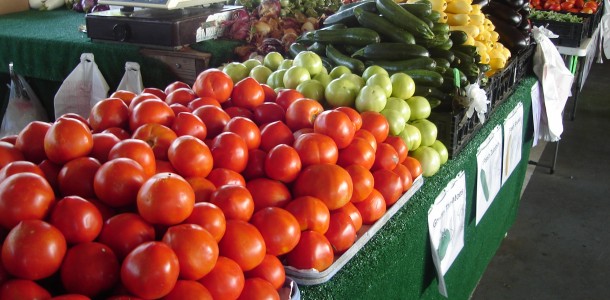Being accountable for my family’s health is a privilege, but with that comes an immense responsibility. As a wife and mother it is my daily responsibility to ensure that my family gets the nourishment they need emotionally, physically and spiritually.
I had the distinct honor of meeting, Elaine Marshall, the North Carolina Secretary of State, at a Power Lunch this week. Secretary Marshall spoke about many interesting topics. I really enjoyed hearing about her life, her stepping stones (not stumbling blocks), her love of cooking and her thoughts about powerful women. Knowing her education and background, it is easy for one to feel a little intimidated, but what I loved about her was the same quality I found in my husband, Mike. No matter how gifted she is, in her eyes, everyone has their own individual strengths and talents and she was both encouraging and thoughtful.
Discussed during the lunch was the impact women have on their communities, states and country. We’ve all heard the numerous jokes about wives and wallets, but when really think about it, women hold great power. I often speak to groups about choosing whole foods and local ingredients to feed their families. I often hear that it is simply too expensive and yet we all know about supply and demand. If we were all to buy locally homegrown products in season the cost would be significantly less and larger companies would have to make big changes. We’ve already seen this. Many large grocery stores are hearing our plea and have made some changes.
Those who prefer to eat locally grown/produced food are sometimes referred to locavores or localvores. Why be a locavore? The majority of mass-market produce is bred for appearance, disease-resistance and shelf-life over flavor, so most people never know what homegrown locally produced food is like and boy are they missing out!
Here are just a few reasons why buying from farm to table works:
- The flavor in locally grown food is amazing.
- Buying local reduces the distance a food item travels from the farm to your table
- Find in-season, local produce and other goods at nearby grocery stores, at farmer’s markets, or through a community-supported agriculture program (CSA).


 Hello, I’m Elise Johnson and I’m so glad you found your way here! From my own experience, cooking and eating together as a family nurtures and strengthens family relationships quicker and stronger than any other way. Join me as I continue my grandmother’s legacy of
inter-generational cooking by inspiring families and friends to make memories in the kitchen.
Hello, I’m Elise Johnson and I’m so glad you found your way here! From my own experience, cooking and eating together as a family nurtures and strengthens family relationships quicker and stronger than any other way. Join me as I continue my grandmother’s legacy of
inter-generational cooking by inspiring families and friends to make memories in the kitchen. 